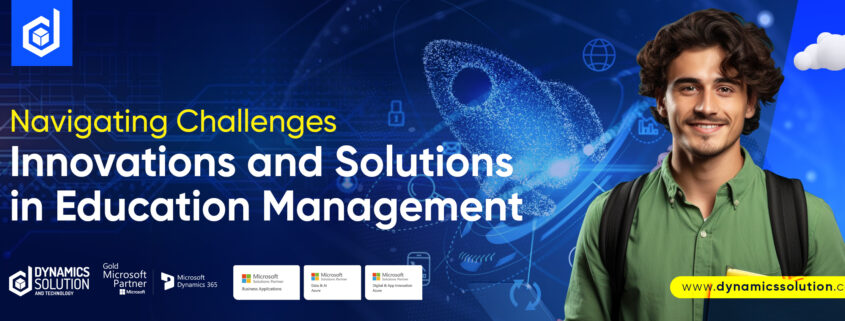In the dynamic landscape of education, traditional management systems often struggle to keep pace with the evolving needs of students, faculty, and administrators alike. As educational institutions grapple with a myriad of challenges, it becomes imperative to explore emerging trends and innovations in education management technology to enhance student lifecycle management. In this article, we delve into the challenges of traditional education management and discuss how implementing emerging trends can revolutionize student lifecycle management.
Challenges of Traditional Education Management
Traditional education management systems are fraught with challenges that hinder efficiency and effectiveness:
Manual Administrative Processes: Laborious manual processes for inquiries, admissions, and fee management lead to inefficiencies and errors.
Data Fragmentation and Inaccessibility: Disparate systems result in fragmented data silos, limiting accessibility and hindering informed decision-making.
Communication Breakdowns: Inefficient communication channels impede transparency and collaboration among stakeholders.
Limited Data Analysis and Reporting: Inadequate data analytics capabilities hinder institutions’ ability to gather insights and track performance metrics.
Emerging Trends and Innovations in Education Management Technology
Data-driven Decision-making: Leveraging big data analytics, machine learning, and artificial intelligence enables institutions to analyze vast amounts of data, identify trends, and make informed decisions. Predictive analytics can forecast student behavior and performance, allowing for proactive intervention and personalized support.
Student Engagement Platforms: Interactive learning management systems (LMS) and student engagement platforms foster collaboration, communication, and personalized learning experiences. Gamification elements, multimedia content, and social learning features enhance student engagement and motivation.
Mobile and Cloud Technology: Mobile applications and cloud-based platforms provide anytime, anywhere access to educational resources, administrative tools, and communication channels. This flexibility enhances accessibility, convenience, and efficiency for students, faculty, and administrators.
Virtual and Augmented Reality: Immersive technologies like virtual reality (VR) and augmented reality (AR) create interactive and immersive learning experiences. Virtual laboratories, simulations, and field trips enrich learning opportunities, particularly in STEM subjects.
Implementing Improved Student Lifecycle Management
Personalized Learning Pathways: Utilize data analytics and adaptive learning algorithms to tailor learning pathways based on students’ interests, abilities, and learning styles. Personalized learning experiences foster engagement, motivation, and academic success.
360-Degree Student Profiles: Centralize student information, academic records, behavioral data, and extracurricular activities within a unified platform. A comprehensive view of each student enables proactive support, targeted interventions, and holistic development.
Proactive Student Support Services: Implement early warning systems and intervention strategies to identify at-risk students and provide timely support. Predictive analytics and machine learning algorithms detect patterns indicative of academic, social, or emotional challenges, enabling proactive intervention by counselors, advisors, and support staff.
Continuous Feedback and Assessment: Leverage digital assessment tools and real-time feedback mechanisms to monitor student progress, assess learning outcomes, and provide constructive feedback. Formative assessments, peer evaluations, and self-assessment opportunities promote metacognition, reflection, and continuous improvement.
Key Takeaways: Paving the Path Forward in Education Management
As educational institutions confront the challenges of traditional education management, embracing emerging trends and innovations in education management technology offers transformative opportunities for student lifecycle management. By leveraging data-driven decision-making, student engagement platforms, mobile and cloud technology, blockchain, and immersive technologies, institutions can create personalized learning experiences, streamline administrative processes, and foster student success. As we embrace the future of education management, let us harness the power of technology to empower students, nurture lifelong learners, and cultivate a culture of innovation and excellence.







